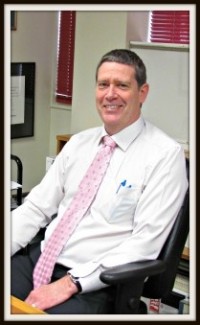Tim Love – Hip, Knee and Spine Orthopaedic Surgeon
Description
Mr Tim Love is a New Zealand-trained orthopaedic surgeon with a special interest in joint replacement of the knee and hip, knee injuries, non complex foot and ankle surgery (bunions, ankle arthritis, claw toes) and wrist and hand surgery (carpal tunnel, Dupuytren's), shoulder problems (rotator cuff) and surgical conditions of the spine.
Tim works as a visiting Orthopaedic Surgeon to Te Whatu Ora MidCentral and consults privately at Aorangi Orthopaedic Centre in Palmerston North and also holds clinics at the Centre of Medical Excellence in Queenstown.
What is Orthopaedics?
Tim works as a visiting Orthopaedic Surgeon to Te Whatu Ora MidCentral and consults privately at Aorangi Orthopaedic Centre in Palmerston North and also holds clinics at the Centre of Medical Excellence in Queenstown.
What is Orthopaedics?
This is an area that deals with conditions of the musculoskeletal system (disorders of bones and joints of the limbs and spine). The specialty covers a range of different types of conditions starting with congenital (conditions which children are born with) through to degenerative (conditions relating to the wearing out of joints). The field of orthopaedics covers trauma where bones are broken or injuries are sustained to limbs.
Other conditions that sit under the spectrum of orthopaedics are metabolic conditions, neurological and inflammatory conditions.
Practitioners
Services Provided
Charges
- Southern Cross Health Insurance Affiliated Provider for Consultations
- nib First Choice Partner
- Youth / Rangatahi
- Adult / Pakeke
- Older adult / Kaumātua
Age groups
- Referral
- Contact us
How do I access this service?
Fees and Charges Categorisation
- Fees apply
Disability Assistance
- Provision for wheelchair access
- Provision of wheelchair accessible toilet
- Provision of mobility parking space
